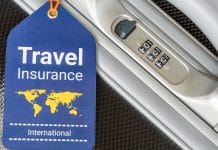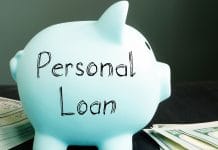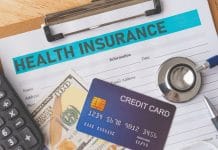If you’re drowning in credit card bills, medical expenses, and personal loans, you’re not alone. Millions of Americans struggle with debt, and finding the right relief program can feel overwhelming. But here’s the good news: legitimate debt relief options exist, and some can genuinely transform your financial situation.
Let’s cut through the noise and explore the top 10 debt relief programs that actually work for real people facing real financial challenges.
What Are Debt Relief Programs and How Do They Work?
Debt relief or settlement companies typically offer to work with creditors to renegotiate, settle, or change the terms of a debt – but working with these companies can be risky. However, when you choose legitimate, regulated programs, they can provide genuine pathways to financial freedom.
Debt relief programs help you reduce, manage, or restructure your debt through various strategies:
- Consolidation: Combining multiple debts into one payment
- Settlement: Negotiating to pay less than you owe
- Counseling: Professional guidance for managing debt
- Legal discharge: Bankruptcy as a last resort
The key is understanding which option fits your situation and financial goals.
The Top 10 Debt Relief Programs in the United States
1. National Foundation for Credit Counseling (NFCC)
The NFCC operates as a non-profit trusted network of credit counseling agencies with over 1,500 certified credit counselors serving all 50 states and U.S. territories. Their counselors work as financial advocates, helping millions of consumers tackle credit card debt, student loans, and overall money management.
What makes NFCC special:
- Free or low-cost services
- Certified credit counselors
- Debt management plan options
- No upfront fees
2. Debt Management Plans (DMPs)
DMPs are structured programs typically offered through nonprofit credit counseling agencies. Credit counseling may enable you to qualify for a debt management plan, with benefits including consolidated payments that may help you pay off debt faster with one monthly payment.
Key benefits:
- Lower interest rates
- Single monthly payment
- Professional creditor negotiations
- Usually completed in 3-5 years
3. Debt Consolidation Loans
Debt consolidation loans combine multiple high-interest debts into one loan with a potentially lower interest rate. This approach works best when you qualify for a rate lower than your current average debt interest rate.
Perfect for:
- Good to fair credit scores
- Stable income
- Multiple high-interest debts
4. Credit Union Debt Consolidation Programs
Credit unions often offer debt consolidation loans with more favorable terms than traditional banks. These member-owned institutions typically provide lower interest rates and more personalized service.
5. Nonprofit Credit Counseling Services
Beyond the NFCC, numerous local and national free credit counseling services provide education, budgeting help, and debt management strategies.
Services include:
- Financial education workshops
- Budget counseling
- Debt repayment strategies
- Housing counseling
6. Debt Settlement Programs
Professional debt settlement involves negotiating with creditors to accept less than the full amount owed. While risky, legitimate settlement programs can reduce total debt significantly for people facing genuine hardship.
Important considerations:
- Initial credit score impact
- Potential tax implications
- Not guaranteed results
- Should be last resort before bankruptcy
7. Balance Transfer Credit Cards
For those with good credit, balance transfer cards offer 0% introductory APR periods, allowing you to pay down principal without accumulating interest charges.
Best practices:
- Calculate transfer fees
- Plan to pay off balance during promotional period
- Avoid canceling credit cards unnecessarily
8. Personal Loan Debt Consolidation
Personal loans from direct lenders can consolidate multiple debts into one fixed monthly payment with a clear payoff timeline.
9. Student Loan Forgiveness and Repayment Programs
For those struggling with education debt, various federal programs offer relief including income-driven repayment plans, forgiveness programs, and consolidation options.
10. Chapter 7 and Chapter 13 Bankruptcy
While not ideal, bankruptcy remains a legal debt relief option for those facing overwhelming financial hardship. Getting rid of debt without bankruptcy should always be attempted first.
How to Choose the Right Debt Relief Program
Consider these factors:
- Your debt-to-income ratio
- Credit score and history
- Types of debt you carry
- Your financial discipline
- Long-term financial goals
Red Flags: Avoiding Debt Relief Scams
The FTC has obtained federal court orders banning companies and people from participating in debt relief businesses due to fraudulent practices. Watch for these warning signs:
- Guarantees to eliminate debt
- Upfront fees before services
- Advice to stop communicating with creditors
- No mention of risks or alternatives
- High-pressure sales tactics
Frequently Asked Questions About Debt Relief Programs
Will joining a debt relief program hurt my credit score?
Some programs initially lower your score (settlement, bankruptcy), while others may improve it over time (consolidation with on-time payments, debt management plans).
How do I know if a debt relief company is legitimate?
Check accreditation with the NFCC, verify Better Business Bureau ratings, and ensure FTC compliance. Legitimate companies provide clear fee structures and realistic timelines.
What’s the difference between debt consolidation and debt settlement?
Consolidation combines debts into one loan with lower interest rates. Settlement negotiates with creditors to reduce total debt owed, but typically damages credit scores initially.
Can debt relief programs stop creditor harassment?
Yes. Once enrolled in legitimate programs, companies negotiate with creditors, and legal protections (especially bankruptcy) can halt collection efforts.
Who qualifies for debt relief programs?
Most programs serve U.S. consumers with unsecured debt (credit cards, personal loans, medical bills) experiencing financial hardship. Specific requirements vary by program type.
Taking Action: Your Next Steps
Ready to tackle your debt? Here’s your action plan:
- Calculate your total debt and minimum payments
- Review your budget and identify available funds for debt repayment
- Research programs that match your situation
- Schedule consultations with 2-3 legitimate organizations
- Compare offers carefully before committing
- Start with the least risky option that provides meaningful relief
The Bottom Line
The top 10 debt relief programs offer genuine hope for Americans struggling with overwhelming debt. Whether you choose nonprofit credit counseling, debt consolidation, or structured settlement, the key is selecting legitimate, regulated options that align with your financial situation and goals.
Remember: avoiding debt in the future requires developing strong money management skills and building an emergency fund.
Don’t let debt control your life any longer. The right debt relief program can provide the fresh start you need to build lasting financial stability.
Take action today – your future self will thank you for making this important financial decision.
For more financial guidance and debt management resources, visit https://wealthopedia.com/

























